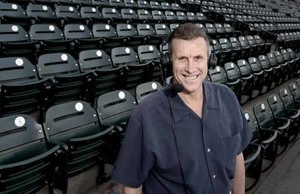Backward Extension: How it’s Used and Why It’s Important in Pitching
What it is
Backward Extension is the farthest distance the ball travels backward from the set point (where the pitcher pauses before beginning their delivery whether pitching from the stretch or the wind up) before the point of release. Backward Extension is measured in feet. Moving your set point may change your Backward Extension. Backward Extension is measured relative to the set point, not relative to your body. It can often be a small number since your body is moving forward while you are reaching back.
Why it matters
A more consistent delivery and arm path aids a pitcher in having more consistent performance. Having a consistent Backward Extension makes it more difficult for the batter to identify the pitch type. Your Backward Extension is also indicative of the timing of your delivery. If your body motion starts relatively early, the Backward Extension will be fairly low. If you reach your arm back before moving your body, it will be higher.
How it is used
As a rule of thumb, Backward Extension can range from 0 to around 1.5 feet. If the Backward Extension is zero, it indicates that the pitcher’s body is moving forward before their arm begins moving back. If Backward Extension is higher, it may indicate that the arm path is too long or the body motion is starting too late. Either extreme may be less than optimal for achieving your best pitching. However, some variation is normal with different pitching styles. Once you have identified your ideal Backward Extension, try to keep it consistent across all your pitch types.

